Ban Huay Sua Thao – Experience the Long-Neck Karen Tradition
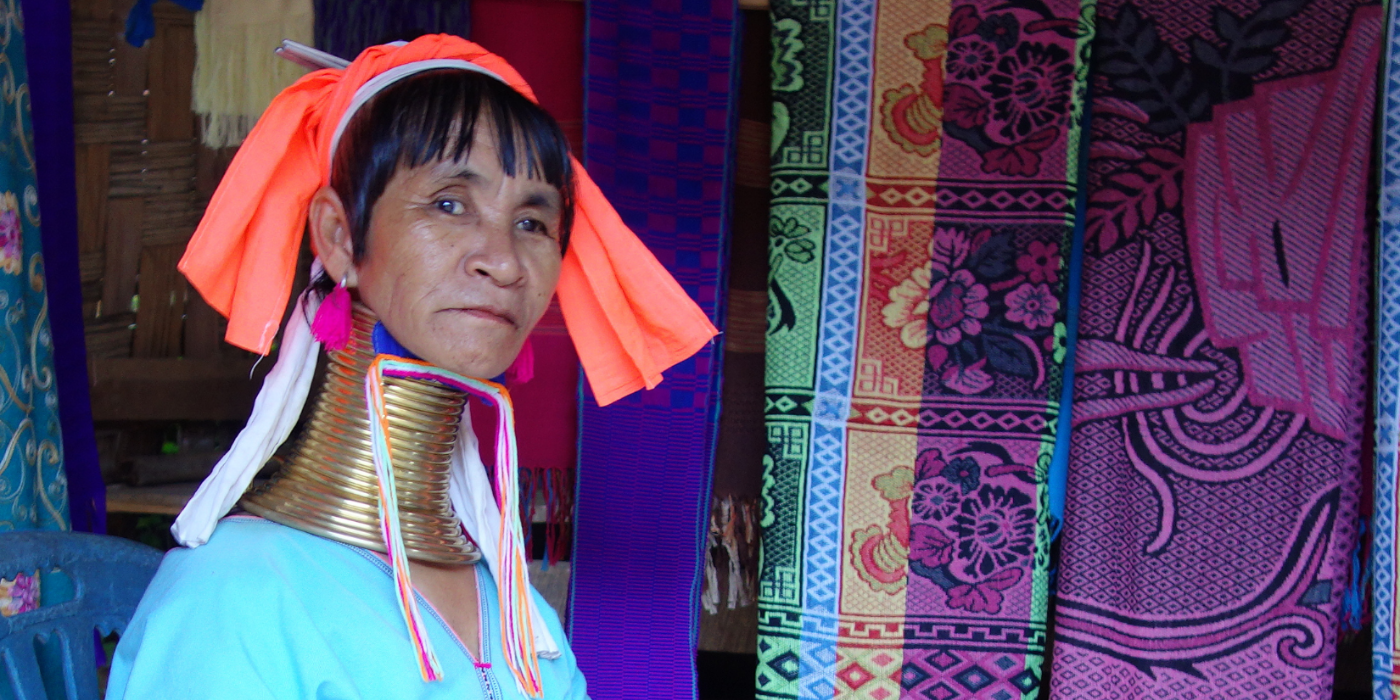
Ban Huay Sua Thao – A Cultural Refuge in the Hills of Mae Hong Son
Tucked deep in the tranquil hills of northern Thailand lies Ban Huay Sua Thao, a small ethnic village that offers far more than just picturesque views. Home to the famous long-neck Karen tribe, this village near Mae Hong Son is a living museum of tradition, migration history, and cultural resilience. It welcomes travelers into a slower rhythm of life—one where history breathes in every wooden beam and every golden neck ring.
The Origins: A Village Born from Displacement
Ban Huai Sua Thao began as a settlement for Karenni refugees—specifically the Kayan or Padaung people, known worldwide for their tradition of wearing brass coils around the neck. These ethnic groups originally lived in Kayah State, Myanmar, but fled to Thailand in the late 1980s due to armed conflict and political instability.
Since then, Ban Huai Sua Thao has grown into a multi-ethnic community, blending the presence of long-neck women, Hmong, Thai Yai, and other highland tribes. While their stories are rooted in displacement, the result is a vibrant enclave where cultures meet, interact, and survive.

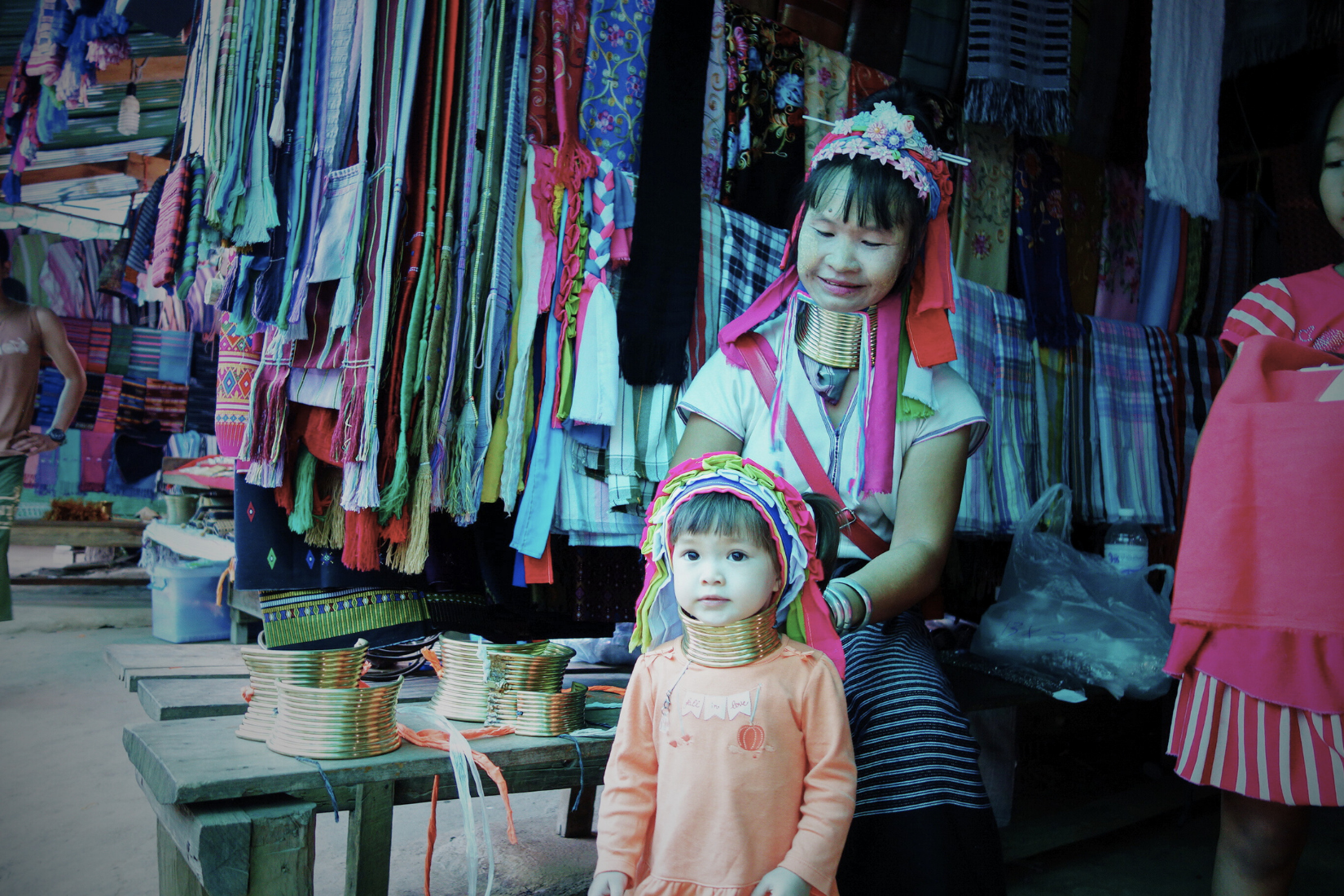

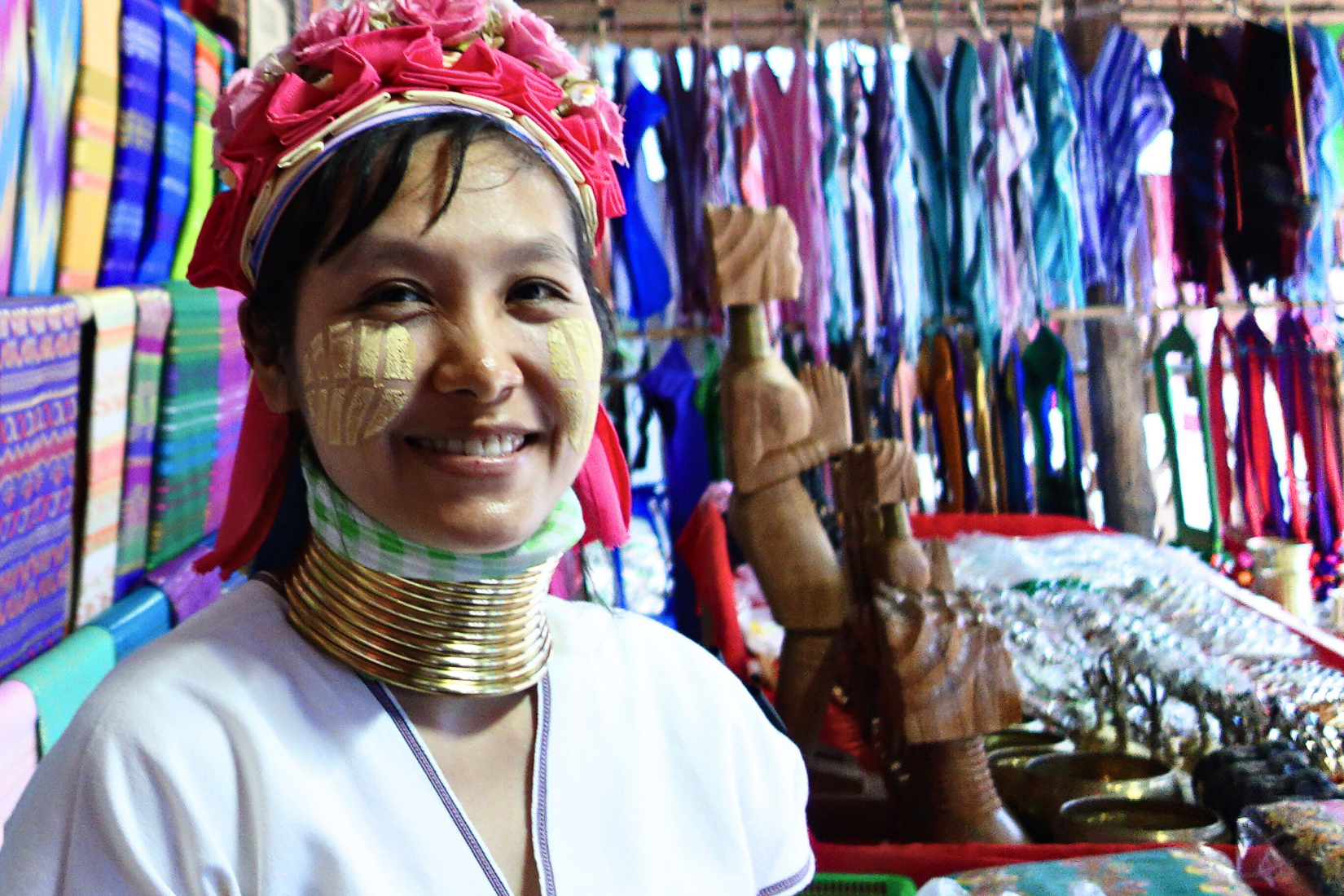
The Long Neck Tradition: Beauty, Identity, and Legacy
Perhaps the most iconic image of the village is the sight of women with their necks wrapped in layers of golden brass coils. Contrary to popular belief, the rings do not physically elongate the neck; instead, they create the illusion by pushing down the collarbone. Girls usually begin wearing them around the age of five to nine, with additional coils added over time.
To the Kayan, these rings are more than just ornaments—they are a source of cultural pride, a symbol of beauty, and an unbroken connection to their heritage. Today, while some younger women choose not to wear them, many still do, especially for cultural preservation and tourism sustainability.
Experiencing the Village Atmosphere
The path into Ban Huai Sua Thao winds through 11 creek crossings, surrounded by hills thick with greenery. As travelers pass small farms and forest edges, the road eventually opens into a village of bamboo stilt houses scattered along gentle slopes. Wooden looms can be seen on porches, children giggle and wave, and the scent of home-cooked food rises gently into the misty air.
Visitors often find the environment refreshingly authentic—unhurried, peaceful, and intimately tied to the land. Despite its modest facilities, the village radiates an old-world charm that has become increasingly rare in fast-paced modern tourism.
Cultural Tourism: A Walk Through Living Traditions
In Ban Huai Sua Thao, visitors are invited not only to observe but also to participate. You can try your hand at traditional weaving, purchase handmade scarves or necklaces directly from artisans, or listen to elders share oral histories of their migration and customs.
Unlike theme parks, this village isn’t staged. It is a working community, where daily life and tourism coexist. For ethical travelers, this offers a chance to support sustainable tourism that directly benefits local families—most of the entrance fees and purchases help fund education and healthcare within the village.
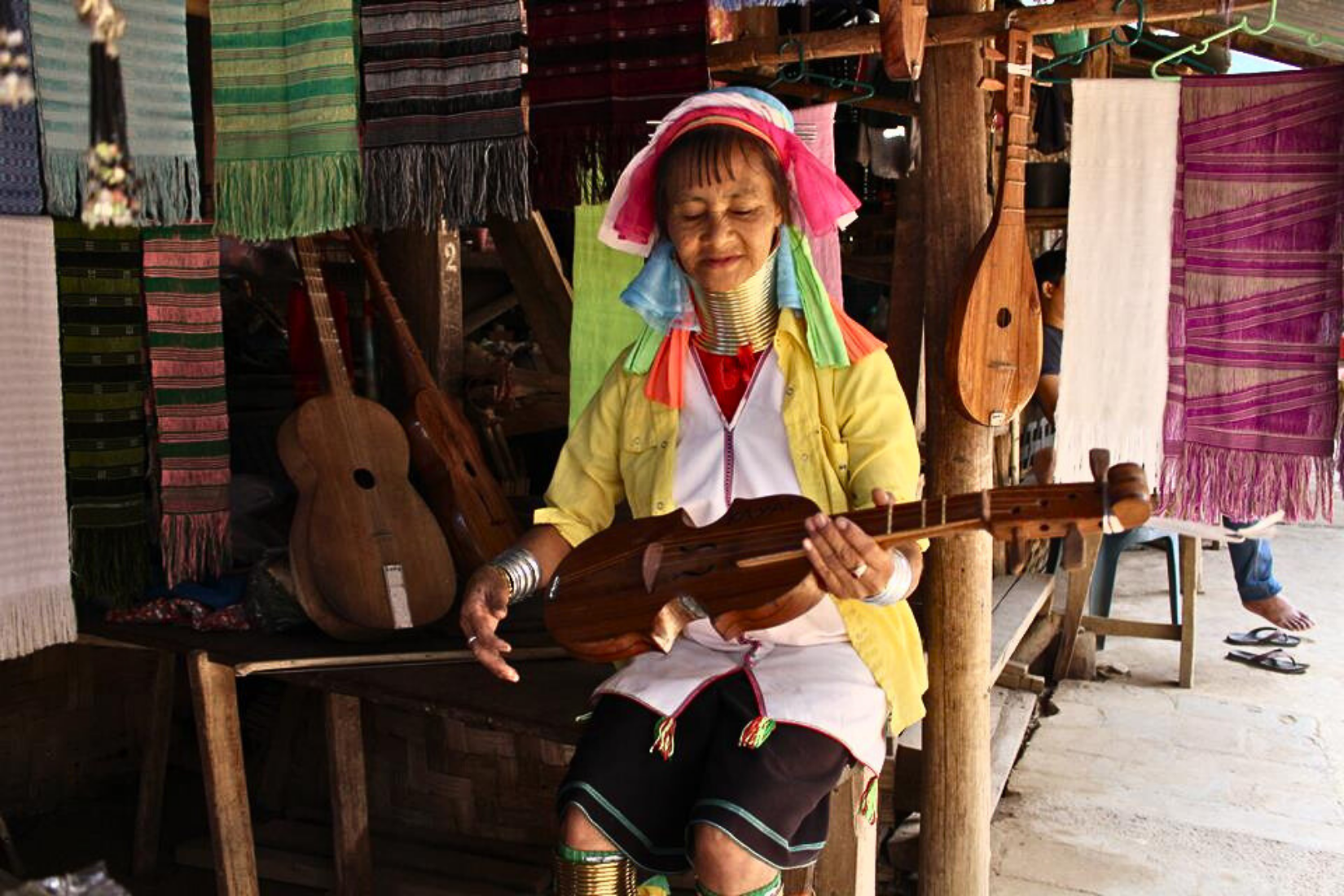
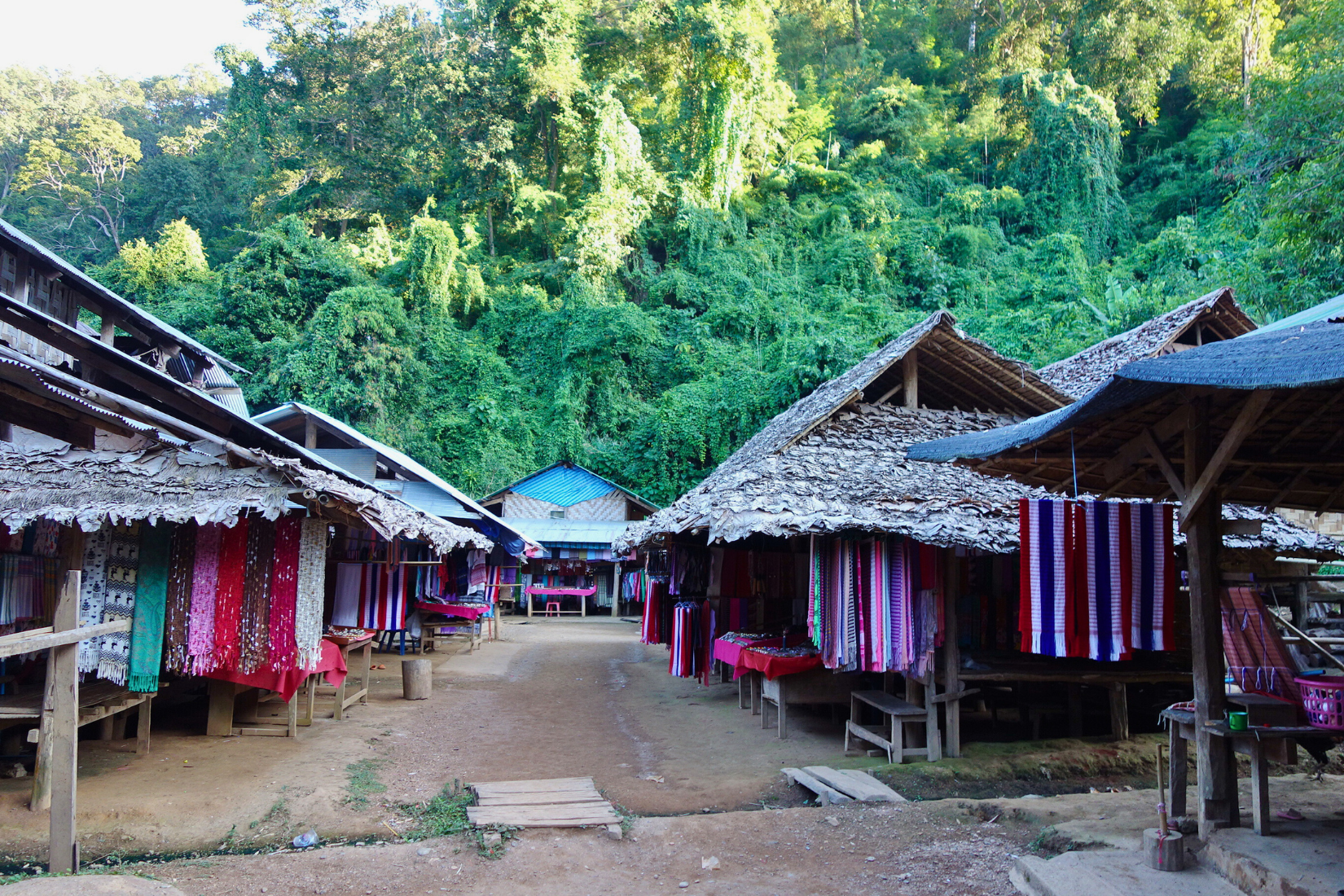
Practical Info: What You Should Know Before Visiting
- Entrance Fee: 20 THB for Thai nationals / 250 THB for foreigners
- Facilities: Basic toilets, souvenir stalls, small eateries, and parking area available
- Accessibility: Suitable for all ages, though the road can be muddy during the rainy season (July–September)
- Recommended Time: November to February (cool, dry, and scenic)
How to Get There
Ban Huay Sua Thao is approximately 20–30 minutes from Mae Hong Son town. Take Highway 108 and follow signs for Route 1250 until you reach the village road. A personal vehicle or local taxi is recommended. Be prepared for small stream crossings, especially in the wet season.
More than just a destination, Ban Huai Sua Thao is an experience—a respectful journey into a living cultural mosaic. Here, the timeless traditions of the Kayan women coexist with the realities of modern life, offering a rare, intimate encounter with human resilience and heritage.
Explore Ban Huay Sua Thao and step into a living tradition that’s unlike anywhere else in Thailand!
Nearby Attractions
Located on a hilltop overlooking Mae Hong Son, this temple offers panoramic views of the city and surrounding mountains, especially stunning at sunrise and sunset. The temple’s white chedis and peaceful atmosphere make it a perfect complement to a cultural day in Ban Huay Sua Thao.
Wat Chong Kham and Wat Chong Klang
Situated beside a tranquil lake, these twin temples are a fusion of Thai Yai and Burmese architecture. The shimmering reflection of the buildings on the water, particularly at night when the temples are illuminated, creates one of the most photogenic spots in town.

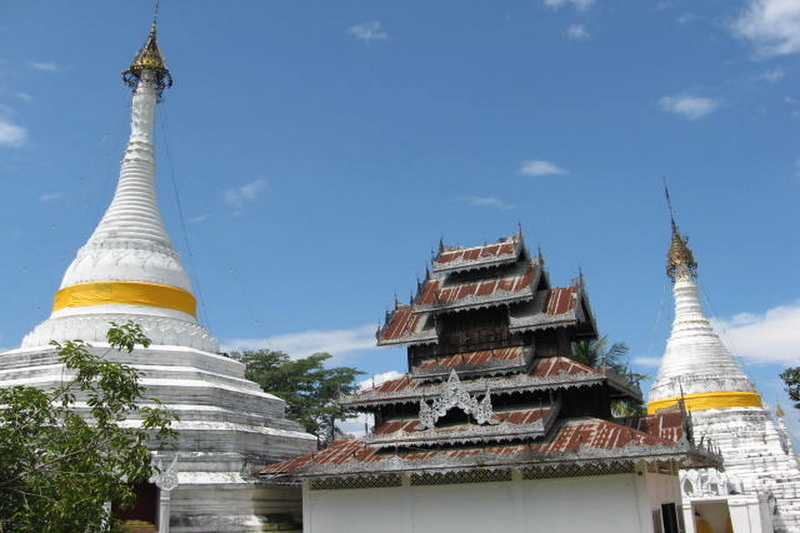
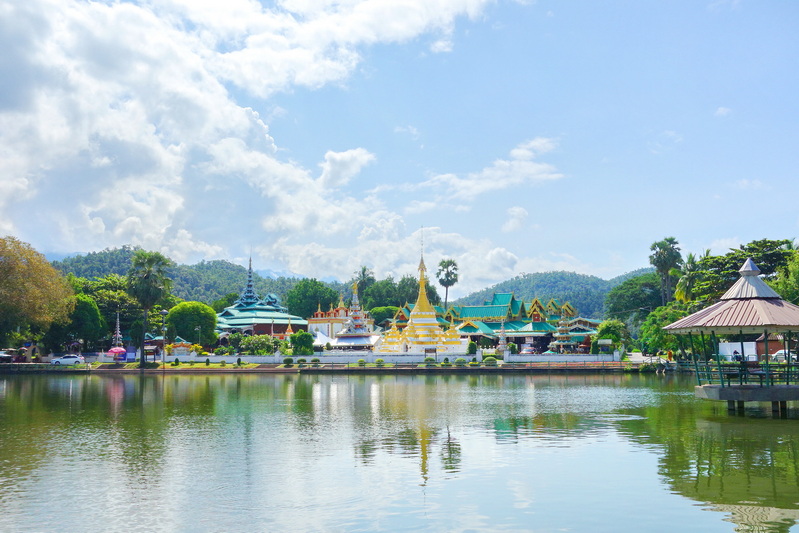


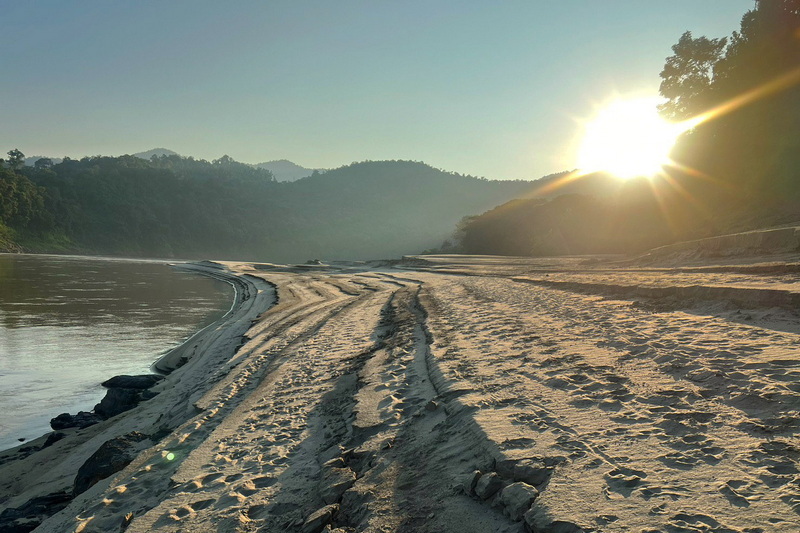








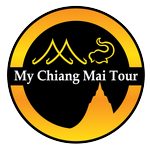
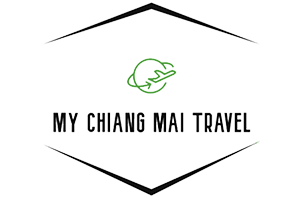





Leave A Comment